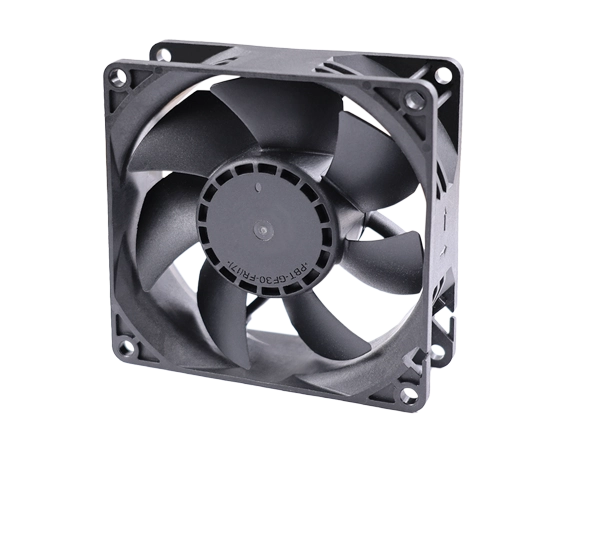A solid waste incinerator is a device used to process solid waste. It
converts the waste into ash and flue gas through high-temperature combustion.
Solid waste incinerators have some advantages and disadvantages, which are
detailed below.
Advantage:
1. High waste treatment efficiency: Solid waste incinerators can efficiently
process large amounts of solid waste and reduce the volume and weight of waste.
Compared with traditional landfill methods, incinerators can process more waste
and save land resources.
2. Energy recovery and utilization: The high-temperature flue gas generated
during the incineration process can be used to generate electricity or heat to
realize energy recovery and utilization. This method of energy recovery can
reduce reliance on traditional energy sources and reduce energy costs.
3. Reduce environmental pollution: Solid waste incinerators use
high-temperature combustion to process waste, which can effectively degrade
harmful substances and reduce environmental pollution from waste. In addition,
the incinerator can also reduce the emission of harmful substances in the flue
gas and protect the air quality through devices and filtration systems.
4. Resource recovery: The ash after incinerator treatment may contain some
valuable metals and other substances, which can be further processed and
recycled to achieve resource reuse.
Shortcoming:
1. High temperature operation requirements: Solid waste incinerators need to
maintain a high temperature environment to effectively burn waste, which
requires a large amount of energy supply. If the energy supply is unstable or
the cost is too high, it will affect the normal operation of the
incinerator.
2. The cost of flue gas treatment is high: the flue gas generated by the
incinerator may contain harmful substances and needs to be processed through
devices and filtration systems to reduce environmental pollution. The
construction and maintenance costs of these treatment equipment are high, which
increases the operating costs of the incinerator.
3. High requirements for operators: The operation and maintenance of solid
waste incinerators require professional technical personnel, which places high
requirements on operators. Improper operation or untimely maintenance may result
in equipment failure or accidents.
4. Possible secondary pollution: During the incinerator treatment process,
the combustion of waste will produce some by-products, such as dioxins and other
harmful substances. If handled improperly or with imperfect equipment, these
harmful substances may cause secondary pollution to the environment and human
health.
To sum up, solid waste incinerators have the advantages of efficient waste
treatment, energy recovery and utilization, environmental pollution reduction
and resource recovery. However, shortcomings such as high temperature operation
requirements, high flue gas treatment costs, high requirements on operators, and
the possibility of secondary pollution also need to be paid attention to. When
using a solid waste incinerator, these advantages and disadvantages should be
fully considered and corresponding measures should be taken to ensure the safe
operation of the equipment and the protection of the environment.
Mr Du
web@jswxhb.net
